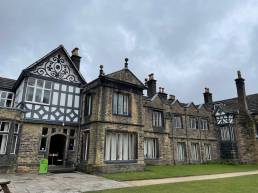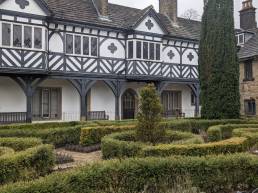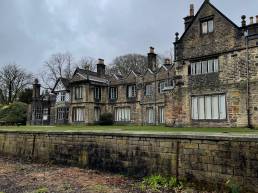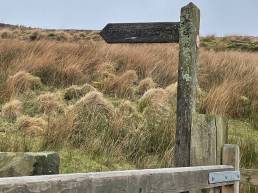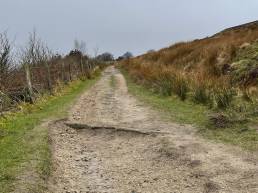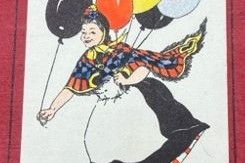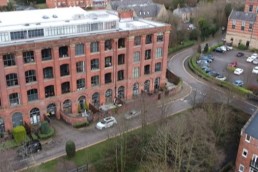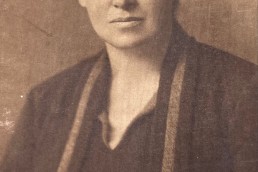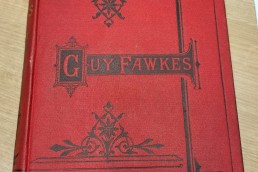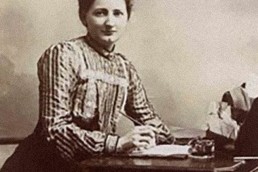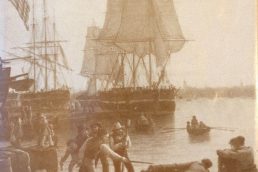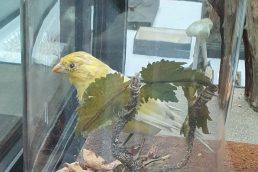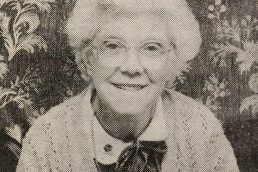(I am indebted to the historical research and publications of Professor Paul Salveson and Dr Katrina Navickas for the summary of events as provided below. Image credit: Kathryn Gardiner)
One hundred and twenty-five years ago, in September 1896 the local people of Bolton perpetrated the biggest mass rights-of-way protest known in British history. The trespass was prompted by the mass public anger and outrage at the decision of Colonel Richard Ainsworth of Smithills Hall to block the public’s right of way through his land onto Winter Hill.
He had decided to impede the public right of way, in order to enjoy the grouse season. His consideration was that the walkers were a nuisance and interfered with his preferred sport. Ainsworth was at the time a local landowner and had made his money from the nearby Belmont Bleachworks. The decision he made was a unilateral one, although chair of the local Smithills council he had not asked their opinion in advance. The Parish Council were not impressed with Ainsworth’s actions. Asking for a public enquiry, with the right to roam open until such time as this resolved. Taking this a personal slight, he vowed that it was his land and therefore he was free to do just as he wished with it. Thus, a gate was erected with a sign stating, ‘Trespassers will be prosecuted.’
The issue rapidly became a political one. Ainsworth was known to be anti-unionist and a staunch Conservative. A local cobbler named Joe Shufflebotham from Astley Bridge organised a Socialist walk; in tandem with a local liberal called Solomon Partington, they decided to walk over this disputed section towards Winter Hill primarily to draw attention to Ainsworth’s actions. The date was set and advertised in the liberal local newspaper of the time, The Bolton Journal.
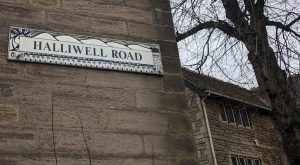

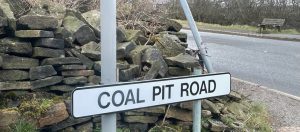

The Bolton Journal of September 26th, 1896 reported that, “with a ring of triumph the demonstrators rushed through onto the disputed territory” (cited in Anson, 2020). The crowd peacefully continued over the moor to Belmont. After the success of the first march, it was repeated the following Sunday 13th of September 1896 where the crowd exceeded 12,000 people, with two final walks taking place on the Wednesday of the following week, and the following Saturday. This was deliberate to protect the Sabbath Sunday. All of these walks were unimpeded by Ainsworth.
Ainsworth used the judicial system to seek revenge; a court case was brought to bear against the ringleaders, Shufflebotham and Solomon Partington. Defended by Richard Pankhurst, husband of the famous women’s suffrage leader, the group were nonetheless found guilty; although jail time was spared, a significant fine of £600 was levied for the trespass. This was mostly paid by public subscription.
Overtime, the Smithills estate became the property of Bolton Council and the fight for the right of way became forgotten. Local author and visiting professor at the University of Bolton, Paul Salveson, organised the first repeat walk in 1982, with the centenary of 100 years being marked by another walk. This year is the 125th anniversary, and a walk is scheduled (Covid-19 restrictions permitting) for Sunday September 5th 2021.
There is a dedicated Facebook page set up by the organisers of this year’s event (click here for further information). Local Bus company, Diamond Bus North West have also kindly set up a free bus service for the return leg of the journey from Belmont to Bolton for everyone at the completion of this anniversary walk.
Image credit: Kathryn Gardiner.
Bibliography
Anson, J., 2020. Thousands headed up Winter Hill in the fight for countryside rights. [Online] The Bolton News. Available at: <https://www.theboltonnews.co.uk/news/18715631.winter-hill-battleground-right-roam/> [Accessed 13 March 2021].
Navickas, K., 2021. Winter Hill mass trespass 1896 – a history of public space. [Online] Historyofpublicspace.uk. Available at: <http://historyofpublicspace.uk/2018/10/26/winter-hill-mass-trespass-1896/> [Accessed 13 March 2021].
Salveson, P., 2021. The Winter Hill Mass Trespass of 1896 – Lancashire Loominaries. [Online] Lancashireloominary.co.uk. Available at: <http://lancashireloominary.co.uk/index.html/winter-hill-trespass> [Accessed 13 March 2021].

